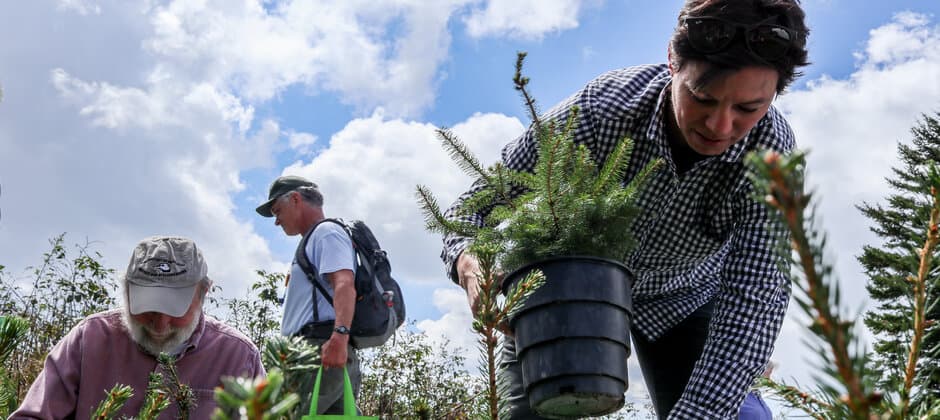Share this article
Conservation agencies plan hiring sprees for FY 2023
The U.S. Department of the Interior outlined a strategic plan for the U.S. Geological Survey, National Park Service, Fish and Wildlife Service and Bureau of Land Management to take on significant hiring efforts and diverse workforce initiatives in Fiscal Year 2023.
The capacity-building plan in the budget proposal is in response to the Department of the Interior hitting a 10-year workforce low in 2020. Despite the pandemic, the DOI has steadily increased its capacity throughout the last two years and now seeks to hire around 6,000 full-time equivalents, bringing its total workforce to 68,133 individuals in Fiscal Year 2023.
The Bureau of Land Management, in particular, faced severe staffing losses when its headquarters moved from Washington, D.C. to Grand Junction, Colorado in 2019—a loss that it has since struggled to recover from. To address its chronic understaffing concerns, the BLM plans to rebuild its capacity by hiring 760 full-time equivalents in 2023.
The Department of the Interior’s Fiscal Year 2023 budget request also notes an intention to strengthen its wildland firefighting workforce as climate change escalates wildfires. The department is proposing to expand its prevention and response efforts by 38% in Fiscal Year 2023, asking for a total of $477 million. The DOI plans to use this money to hire more firefighting staff and transition its workforce to more permanent positions, with improved training and career development opportunities.
Additionally, the DOI requests $31 million to support the Civilian Climate Corps—a new conservation initiative modeled after the historic Civilian Conservation Corps—which would offer people of all ages and identities positions to restore public lands and combat the climate crisis. An additional $7 million was proposed for the Bureau of Indian Affairs to establish a tribal branch of the Civilian Climate Corps that would focus solely on supporting tribal communities in building climate resilience.
To ensure diversity, equity and inclusion in these robust hiring endeavors, the DOI has requested $2.3 million for Human Capital initiatives, which involves using talent teams to strengthen recruitment and improve outreach to diverse candidates. The talent teams would regularly conduct equity assessments and pursue meaningful engagement with underserved communities to make sure they are visible and considered during hiring efforts.
Congressional appropriators have recently begun the process of developing their own funding proposals for FY 2023. They may consider the administration’s budget request during that process, but are not obligated to follow it.
Read TWS’ testimony on the FY 2023 Interior budget.
As more information is revealed about FY 2023, which begins in October, TWS will re-examine and submit additional appropriations requests regarding these program areas. Members of TWS can check out the appropriations action center in the coming weeks for updates on the administration requests as well as TWS’ positioning on FY 2023 funding.
Header Image: U.S. Fish and Wildlife Service employees plant red spruce saplings to improve habitat for the endangered Carolina northern flying squirrel (Glaucomys sabrinus coloratus). Credit: Gary Peeples/USFWS








